Blog Detail
Table of Contents

Readme of an underwater communication device
- Sophia
- May 9, 2025
- 0 Comments
Readme of an underwater communication device
Greetings from the depths! I am an underwater communication device, and it's my distinct pleasure to share my knowledge with you. My very existence is dedicated to bridging the silent gaps beneath the waves, enabling a flow of information where it was once a formidable challenge. In this article, I'll illuminate the world of underwater communication devices and the intricate systems that allow us, and you, to connect in the aquatic realm. Understanding these systems is crucial, whether you're a diver, a researcher, or involved in any subsea operation. You can also refer to the retekess tt120 underwater explanation device, which is also an Underwater Radio Communication.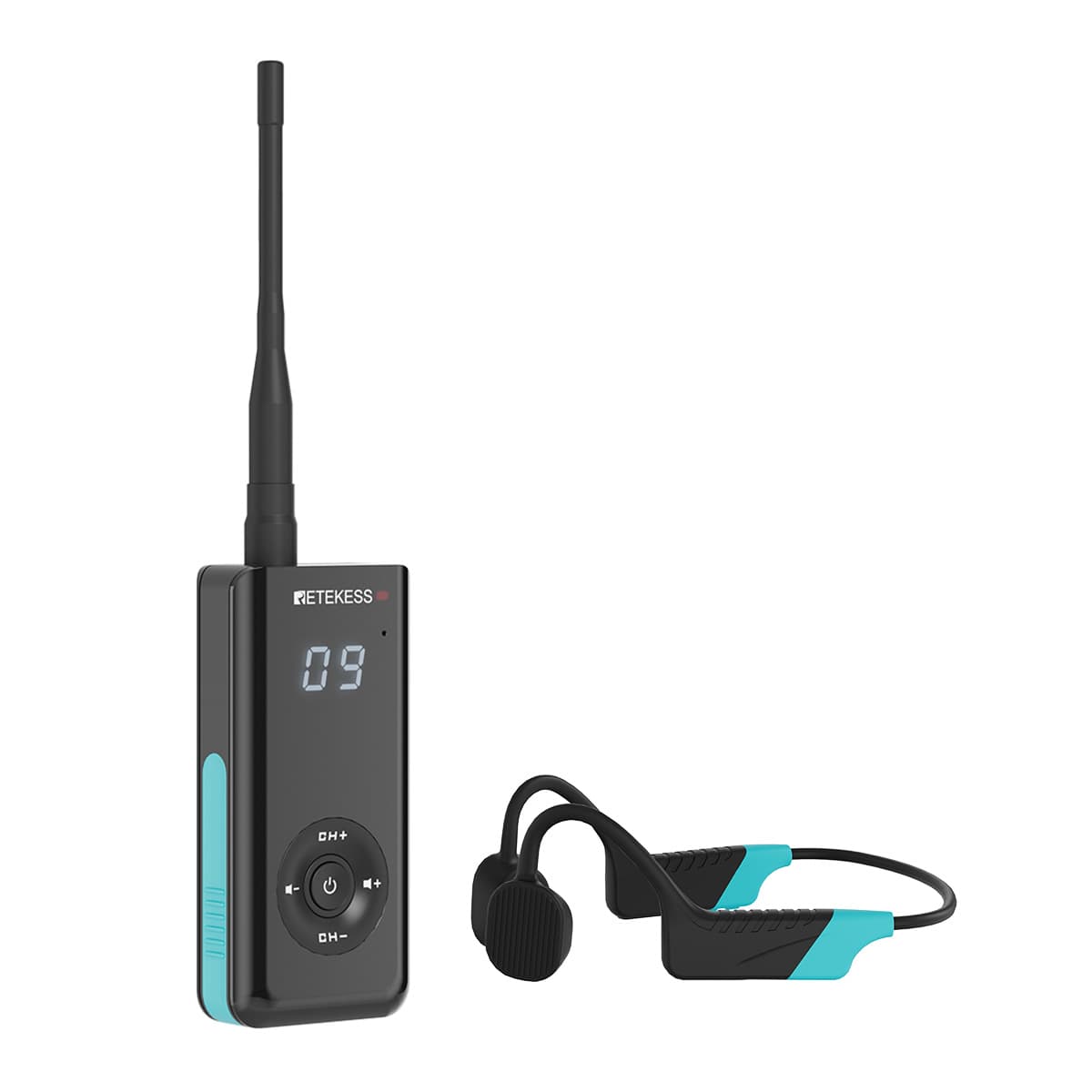
The Fundamentals: What Are Underwater Communication Devices?
At my core, I am a piece of technology designed to transmit and/or receive information through water. Unlike on land where radio waves travel with relative ease, water – especially saltwater – is a very different medium. It rapidly attenuates most electromagnetic signals, making conventional wireless communication methods highly ineffective over significant distances. This is where specialized underwater communication devices like myself come into play.
My purpose is to facilitate various forms of interaction, from simple alerts to complex data transmission, for a multitude of users:
- Scuba Divers: Enhancing safety and coordination by allowing divers to speak with their buddies or the surface.
- Remotely Operated Vehicles (ROVs) and Autonomous Underwater Vehicles (AUVs): Enabling control, navigation, and data retrieval for exploration, inspection, and research.
- Scientific Research: Transmitting sensor data for oceanographic studies, climate change monitoring, and marine biology.
- Commercial Operations: Supporting offshore industries, aquaculture, and underwater construction.
Types of Underwater Communication Systems: A Closer Look
The methods I and my fellow devices use can be broadly categorized. Let's dive into the primary underwater communication systems.
Hardwired Underwater Communication Systems
Some of my relatives are "hardwired." This means they rely on physical cables to transmit signals.
- How they work: Electrical or fiber-optic cables connect the communicating parties.
- Pros: Generally offer high bandwidth, low latency, and reliable communication, as the signal is contained within the cable.
- Cons: The most significant drawback is the tether. This limits mobility and range, and the cable itself can be a point of failure or entanglement. They are not suitable for applications requiring free movement, like scuba diving with a buddy.
Wireless Underwater Communication Systems
I, and many modern underwater communication devices, operate wirelessly, using the water itself as the transmission medium. This offers greater freedom and flexibility.
Acoustic Communication (The Dominant Wireless Method)
This is my most common form of operation. Sound travels remarkably well underwater over long distances.
- How it works: I convert digital data into acoustic (sound) waves, which are then transmitted through the water. A receiving device, another underwater communication device, captures these sound waves and converts them back into digital data. Think of it like an underwater modem. Water Linked, for example, produces acoustic modems that enable reliable communication for ROVs, AUVs, and divers.
- Pros: Capable of achieving long-distance communication, even kilometer-scale ranges. This is essential for deep-sea exploration and widespread sensor networks.
- Cons: Acoustic communication typically has lower bandwidth compared to hardwired or optical methods. The speed of sound in water (around 1500 m/s) introduces latency. The underwater environment also presents challenges like ambient noise, signal reflection (multipath propagation), and signal absorption, which can affect clarity and reliability. Some systems, especially those used in confined spaces like pools, may require a "damper" to reduce transmission strength.
Optical Communication (Emerging Technology)
Some newer underwater communication devices are exploring the use of light.
- How it works: Uses beams of light (typically blue or green, which penetrate water best) to transmit data.
- Pros: Offers significantly higher data rates than acoustic methods.
- Cons: Effective range is much shorter, typically limited to tens or, in very clear water, perhaps a couple of hundred meters. Highly susceptible to water turbidity (cloudiness) and requires precise alignment between transmitter and receiver.
Radio Frequency (RF) Communication (Limited Underwater Use)
While dominant in air, RF waves (radio waves) face severe limitations underwater.
- How it works: Uses electromagnetic waves in the radio frequency spectrum.
- Pros: Can work over very short distances (centimeters to a few meters) in water, especially at very low frequencies (VLF).
- Cons: Water, particularly saltwater due to its conductivity, heavily attenuates RF signals. This makes RF impractical for most underwater communication device applications beyond extremely close-proximity needs.
Key Features and Considerations for Underwater Communication Devices
When evaluating or designing an underwater communication device or system, several factors are paramount:
- Range: How far can the signal reliably travel? This is a critical factor, with some new techniques achieving kilometer-scale ranges.
- Power Consumption: Especially for battery-operated devices like those used by divers or AUVs, low power consumption is vital. Excitingly, researchers, for instance at MIT, have demonstrated systems for ultra-low-power underwater networking, using about one-millionth the power of previous methods. This can even pave the way for battery-free underwater communication.
- Data Rate (Bandwidth): How much information can be transmitted per unit of time? This varies greatly between acoustic, optical, and hardwired systems.
- Reliability & Durability: I must be built to withstand the harsh underwater environment – pressure, corrosion, and temperature fluctuations. Reliable communication is key for safety and mission success.
- Ease of Use: For divers, devices need to be intuitive and non-intrusive. For ROVs/AUVs, integration with control systems is important.
- Network Topology & Protocol Stacks: For more complex deployments, such as sensor networks, understanding network topologies (how devices are interconnected) and communication protocols is essential for efficient data exchange.
The Evolution and Future of Underwater Communication
Underwater communication has come a long way from traditional hand signals used by divers. The development of reliable underwater communication devices has been a game-changer.
We are constantly evolving. The push for longer distances, lower power consumption, and higher data rates is relentless. The pioneering development by MIT researchers in ultra-low-power, kilometer-scale underwater communication is a testament to this. Such systems could be revolutionary for battery-free monitoring of climate and coastal changes.
The future likely holds:
- More sophisticated underwater wireless communication systems that can adapt to changing environmental conditions.
- Hybrid systems that combine the strengths of acoustic and optical communication.
- Advanced underwater networking capabilities, creating an "Internet of Underwater Things."
Why Trustworthy Underwater Communication is Crucial
As an underwater communication device, my role is more than just transmitting data; it's about enabling connection, safety, and discovery.
- Safety: For divers, reliable communication can be a lifeline, allowing them to signal for assistance or coordinate actions, especially in challenging conditions.
- Efficiency: For commercial and research operations, seamless communication ensures tasks are completed efficiently and data is retrieved effectively.
- Discovery: By enabling AUVs, ROVs, and sensor networks to explore and monitor the vast, often uncharted, underwater world, I play a part in expanding human knowledge and understanding of our planet.
Conclusion
The world beneath the waves is fascinating but presents unique challenges for communication. I, as an underwater communication device, along with the diverse systems I represent, am dedicated to overcoming these challenges. From simple diver-to-diver units to complex, long-distance, low-power networks, the technology is continually advancing. Understanding the capabilities and limitations of different underwater communication devices and systems is key to unlocking the full potential of underwater exploration, research, and operations. We are the submerged signals connecting you to the hidden depths.
Contact us https://www.retekess.com/contact-us-other
Our website:https://www.retekess.com/tt120-waterproof-tour-guide-system#F9681A-F9681BX10-F9681C
add our whatsapp

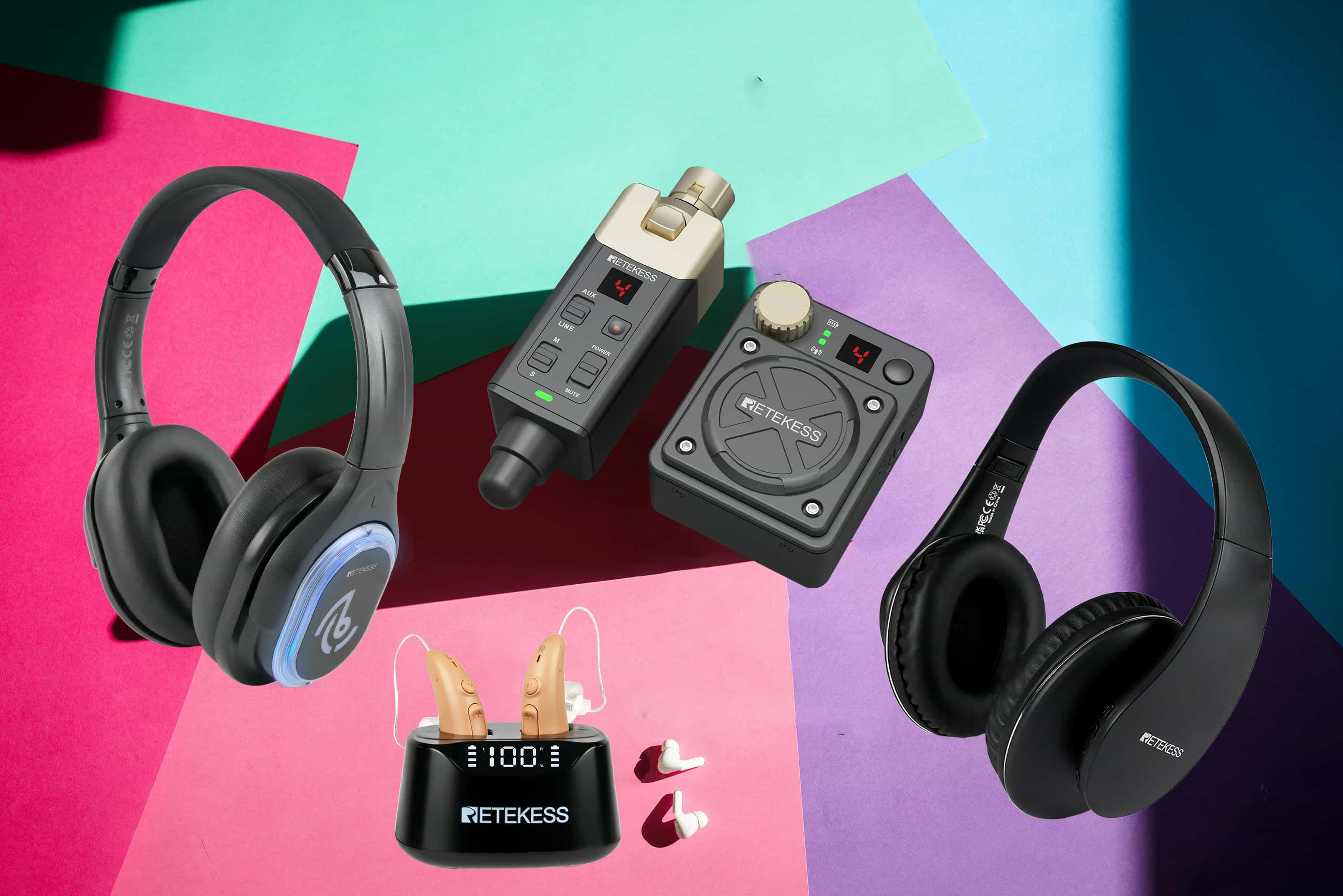
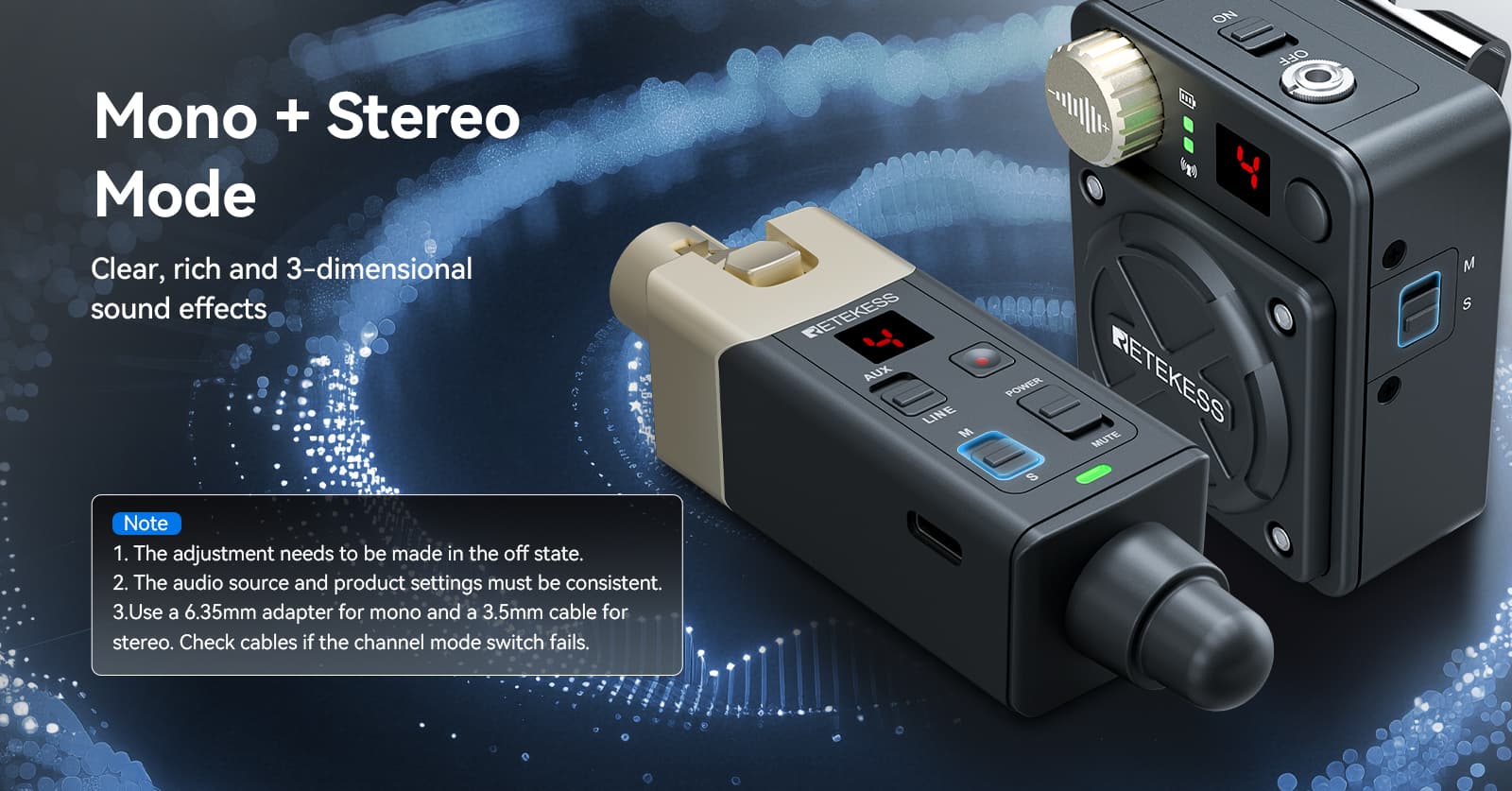


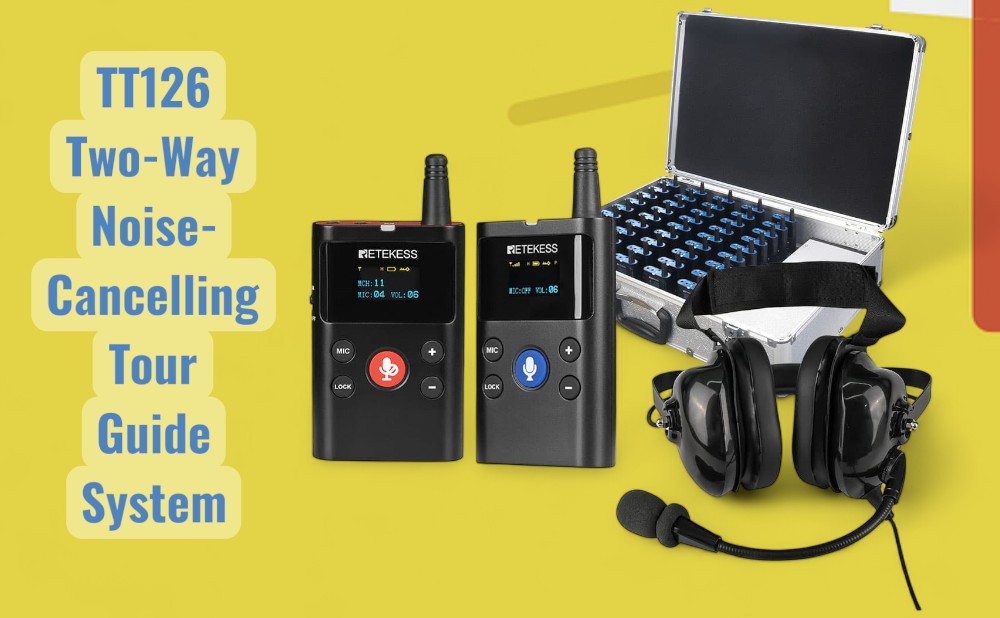
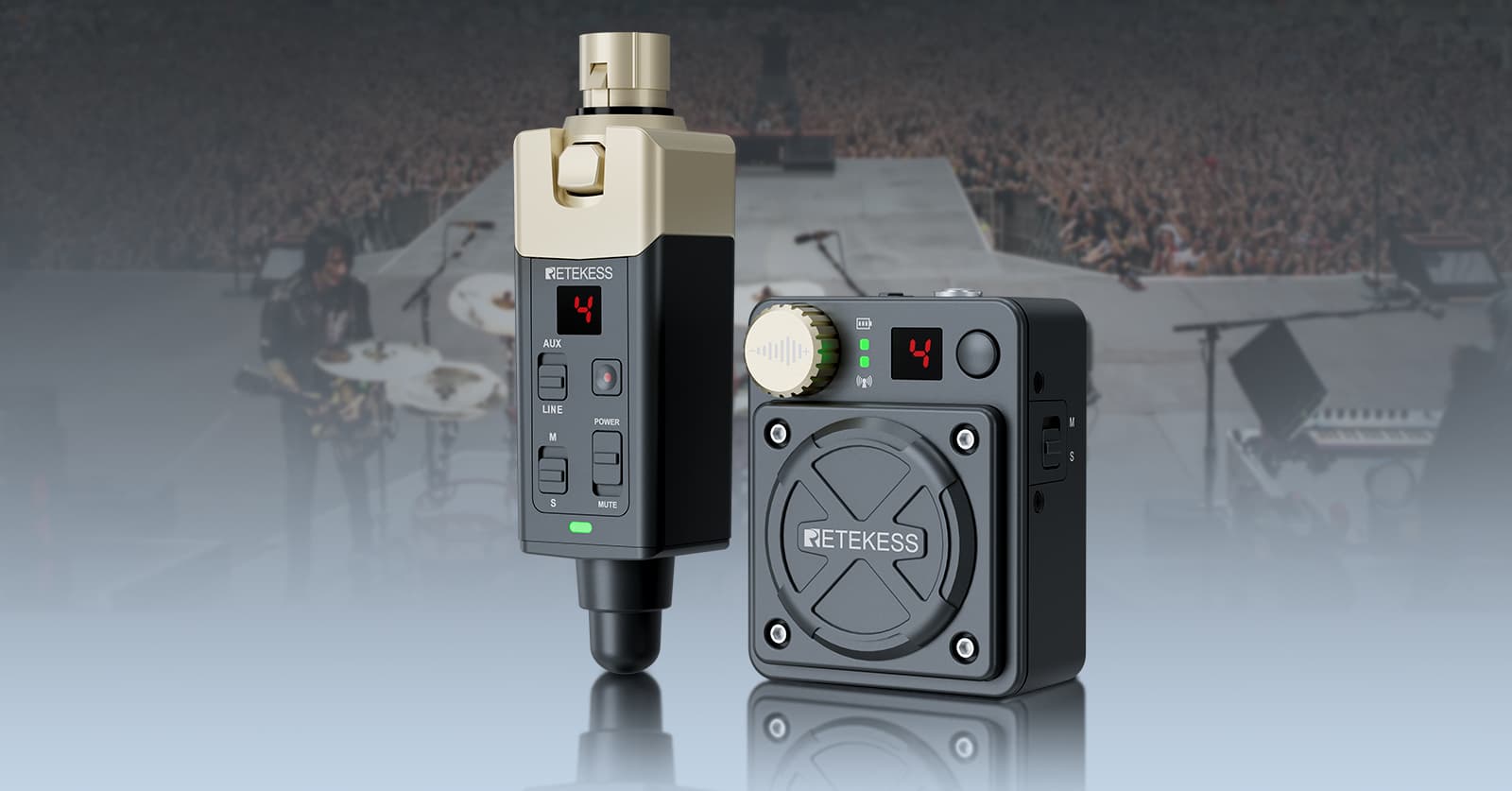


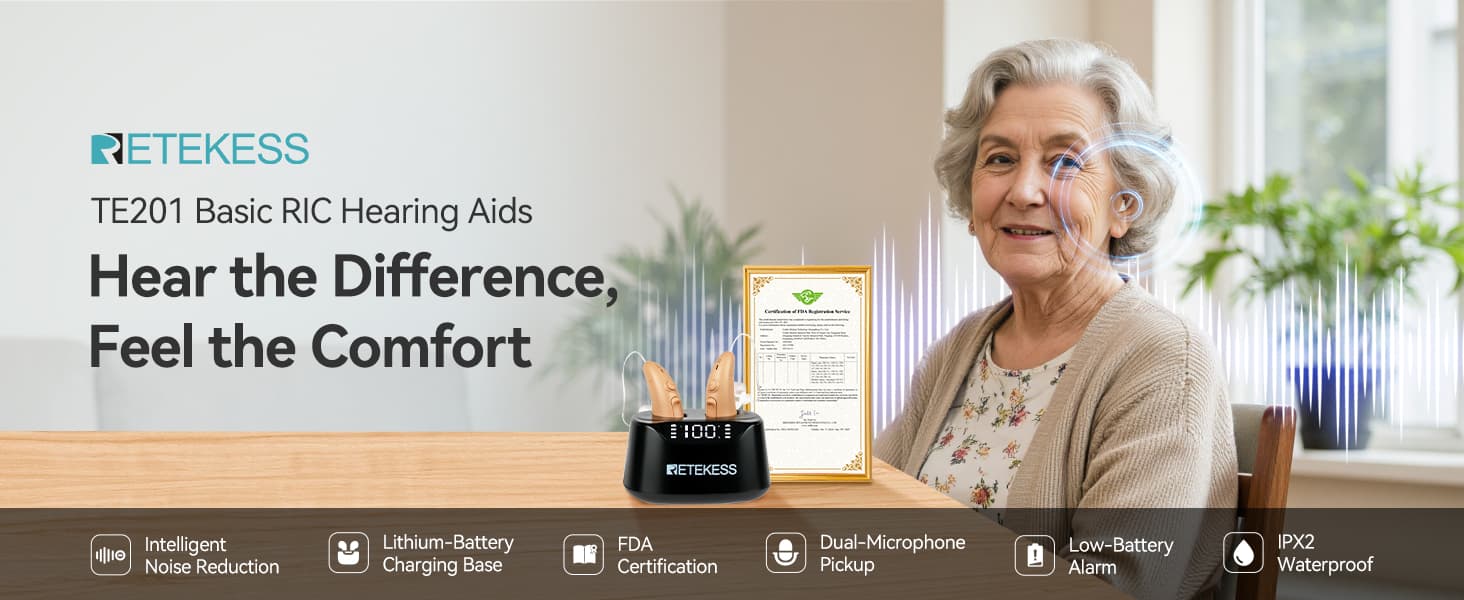
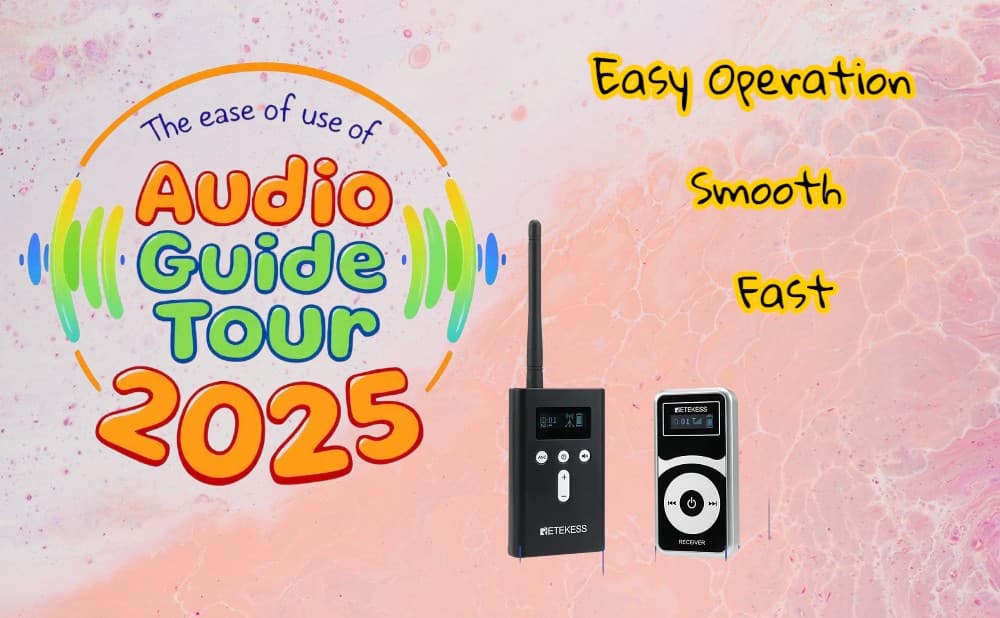
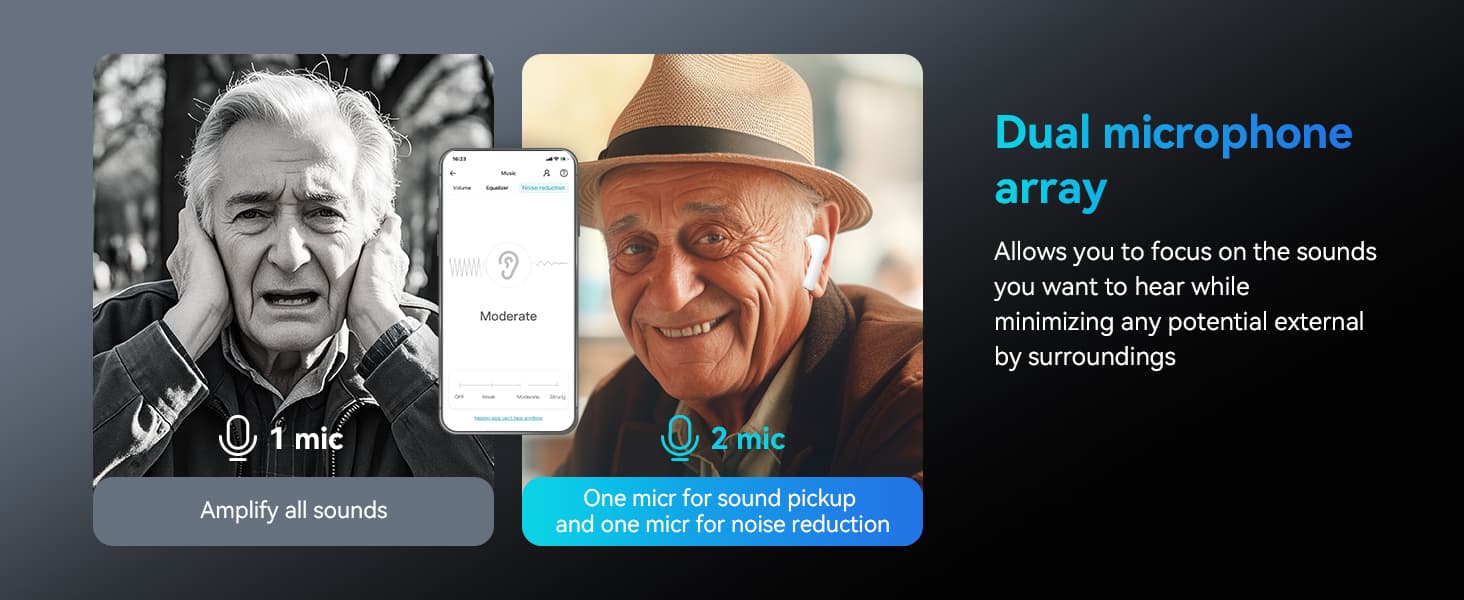
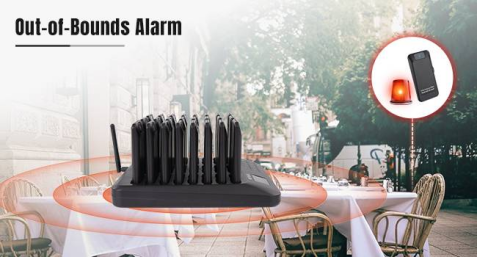



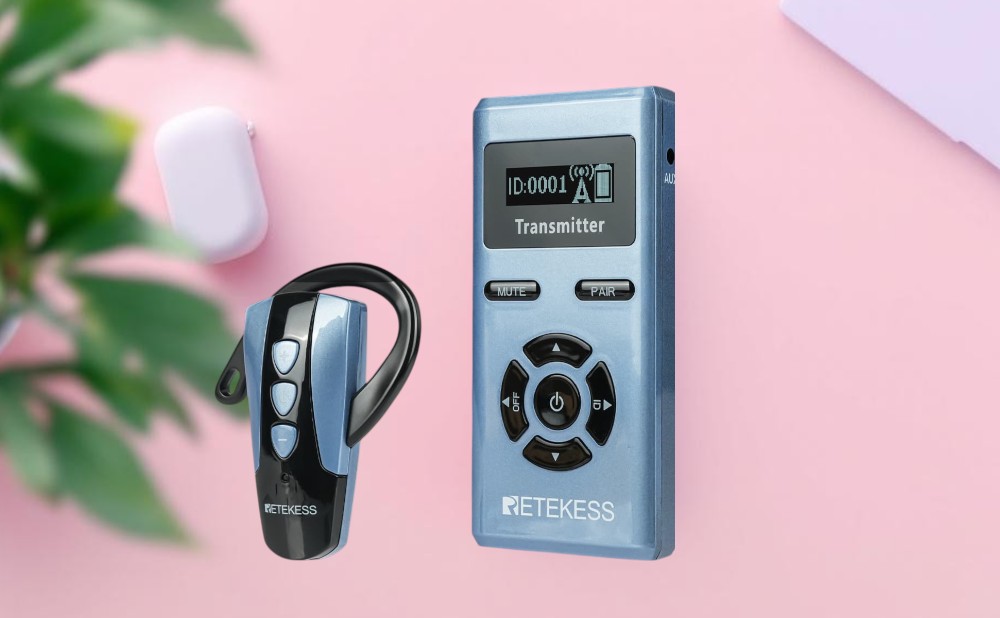





Comments (0)